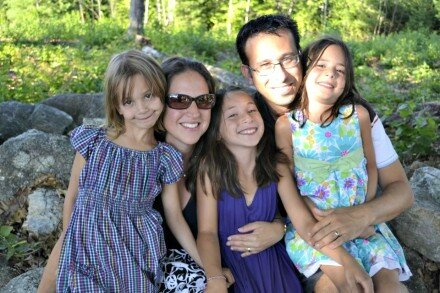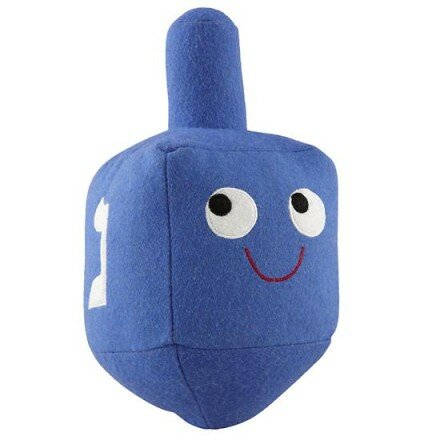By Jane Sutton
Thanksgivukkah! It’ll be 70,000 years until Hanukkah and Thanksgiving coincide again. With my triglicerides level, I don’t think I’ll be around to see it. Everyone is chuckling about this crazy coincidence. Me? I’m not laughing. You see, my new Hanukkah book, “Esther’s Hanukkah Disaster,” which I’ve waited decades to come out—seriously, I first came up with the plot in 1983!—was released on Sept. 1. The book seemed charmed: It’s my eighth published book, and there are eight nights of Hanukkah. Awaiting the publication date, I was elated, thrilled, kvelling! But then I heard about Hanukkah’s extraordinarily early arrival this year, hence my early timeframe for contacting bookstores, libraries, temples, Jewish community centers, schools, blogs, newspapers and all my relatives in New Jersey. (Basically my time window is as puny as a porthole on a really low-budget cruise.) In other years, I might have had a whole extra month to let the world know about my sweet little book.
 But when I calmed down, I realized this coincidence is pretty cool, and perhaps even bashert. Hanukkah and Thanksgiving were already two of my favorite holidays. And the true meaning of Hanukkah, which is one of the messages I seek to impart in my book, has a lot in common with that of Thanksgiving: thinking about others.
But when I calmed down, I realized this coincidence is pretty cool, and perhaps even bashert. Hanukkah and Thanksgiving were already two of my favorite holidays. And the true meaning of Hanukkah, which is one of the messages I seek to impart in my book, has a lot in common with that of Thanksgiving: thinking about others.
In my book, Esther the gorilla sets out shopping at the last minute and buys her friends what turn out to be ridiculously inappropriate gifts, whereas her friends give her considerate gifts. To rectify her own thoughtlessness, Esther hosts a joyful party on the eighth night of Hanukkah, during which her friends get to swap for gifts that suit them. This emphasis on valuing empathy is inherent in both Hanukkah and Thanksgiving: We encourage giving to charity at Hanukkah and doing for others. And the spirit of Thanksgiving involves sharing with the needy. Plus, in both celebrations, families and friends cooperate (we hope) to make scrumptious meals (more on the meals later).
Although Esther’s misadventures involve gifts, she and her friends realize that the true meaning of Hanukkah is not in the gift-giving (“Presents schmesents!” says Josephine the turtle) but in commemorating the Maccabees’ victory and the miracle of that little jug of oil. I imagine that gathering their first successful harvest felt like a miracle to the Pilgrims and Wampanoags. Both holidays provide chances to give thanks: for the restoring of the temple, for the harvest and for religious freedom.
Esther and her friends have so much fun singing Hanukkah songs, eating latkes and just being together that she almost forgets about her gift-swapping plan. This joy of gathering with friends and relatives, often multi-generational, is definitely something both holidays share, especially if your uncle—you know the one—doesn’t get started on politics.
Back to the meals! Both holidays have delicious, very specific traditional foods. We don’t usually eat many of the menu items during the rest of the year, which not only makes them seem special but keeps our cholesterol levels in check. Some of my personal unhealthful favorites? Latkes, slathered in sour cream! A roast turkey thigh with crispy brown skin! Oops, I just drooled on my keyboard.
So, despite my initial panic in terms of book marketing, I’ve come to embrace Thanksgivukkah. It will double the joy this year. Plus, Hanukkah still has seven nights to shine on its own.
Jane Sutton grew up (although never completely) in Roslyn, Long Island, where she wrote stories from a young age. She graduated from Brandeis University with a B.A. in comparative literature. Author of eight children’s books, Jane is also a writing tutor, school presenter and teaches a community education class on how to write for kids. She and her husband live in Lexington. Her two grown children live in the Boston area.















